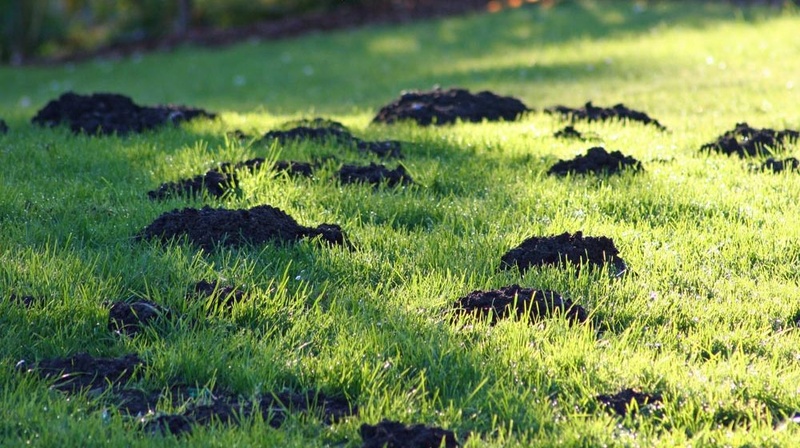
Dealing with Moles in Your Florida Yard
Moles have disturbed many a homeowner with their hills and tunnels. They’re rarely seen, though evidence of their presence is unmistakable. But have you ever tried getting rid of the furry critters? It is easier said than done.
Molehills are an unmistakable and unwelcome sight for homeowners, and they can be especially disturbing for those who work hard to maintain pristine lawns. Even though moles aren’t always destructive, most people would rather they burrow on someone else’s property.
In addition to molehills, homeowners might see evidence of mole tunnels in the wandering lines of dirt on the surface of the grass or ground. Collapsed tunnels that lead to depressions in the soil are further evidence. No matter if it is piles of dirt or trails of sunken turf, the telltale signs of moles usually concern property owners.
What Are Moles?
Eastern moles—the variety that inhabits Florida lawns and landscapes—are about six inches long and gray in color, but you’ll not likely ever see them since they stay underground and are mostly active at night. Their front paws resemble paddles, which they use to “swim” through dirt, and they push their hairless snouts into the soil to dig tunnels and burrows.
Mountains Out of Molehills
Let’s begin by saying that having moles isn’t the end of the world. Sure, the tunnels may be an eyesore, but moles pose no threat to humans. They keep to themselves and stay underground most of the time.
There are even benefits to having these little critters. Surprised? As moles tunnel, they consume earthworms, insect larvae, ants, and other lawn pests, helping to keep them under control. Their constant digging aerates and loosens the soil, and their excrement acts as a natural fertilizer that is spread throughout the yard.
That said, moles can uproot or kill plants whose root systems are in the way of a tunnel. And these aren’t discerning creatures—an unused portion of a backyard and a carefully manicured flower bed are all the same to them. Addressing a mole problem may be more pressing for the homeowner whose prized roses are being disturbed.
Eradicating Moles
Getting rid of moles is an undertaking that involves identifying active tunnels and setting traps. While this might sound easy, several factors make it more difficult. You’ll see tunnels that are close to the surface, but the moles also spend much of their time digging deeper. The animals themselves are challenging to find since they rarely venture out of their tunnel systems.
Mole extermination isn’t usually a DIY project—save yourself the headache and call in the pros. Even for them, a full eradication may take persistence. It will involve monitoring the moles’ activity, finding the tunnels currently being used, and setting traps appropriately.
Don’t bother with other mole-control methods or products; they rarely deliver the promised result. High frequencies emitted from certain devices won’t chase them away, mole-repellents applied to lawns are ineffective since moles live underground, and targeting the moles’ food sources with insecticides does more harm than good.
At the End of the Day
The bottom line is that moles are challenging to get rid of, and it may not be worth the effort anyway. The best options are to 1) accept them as new occupants, 2) attempt to trap them on your own, or 3) hire a pro to ensure the job gets done.